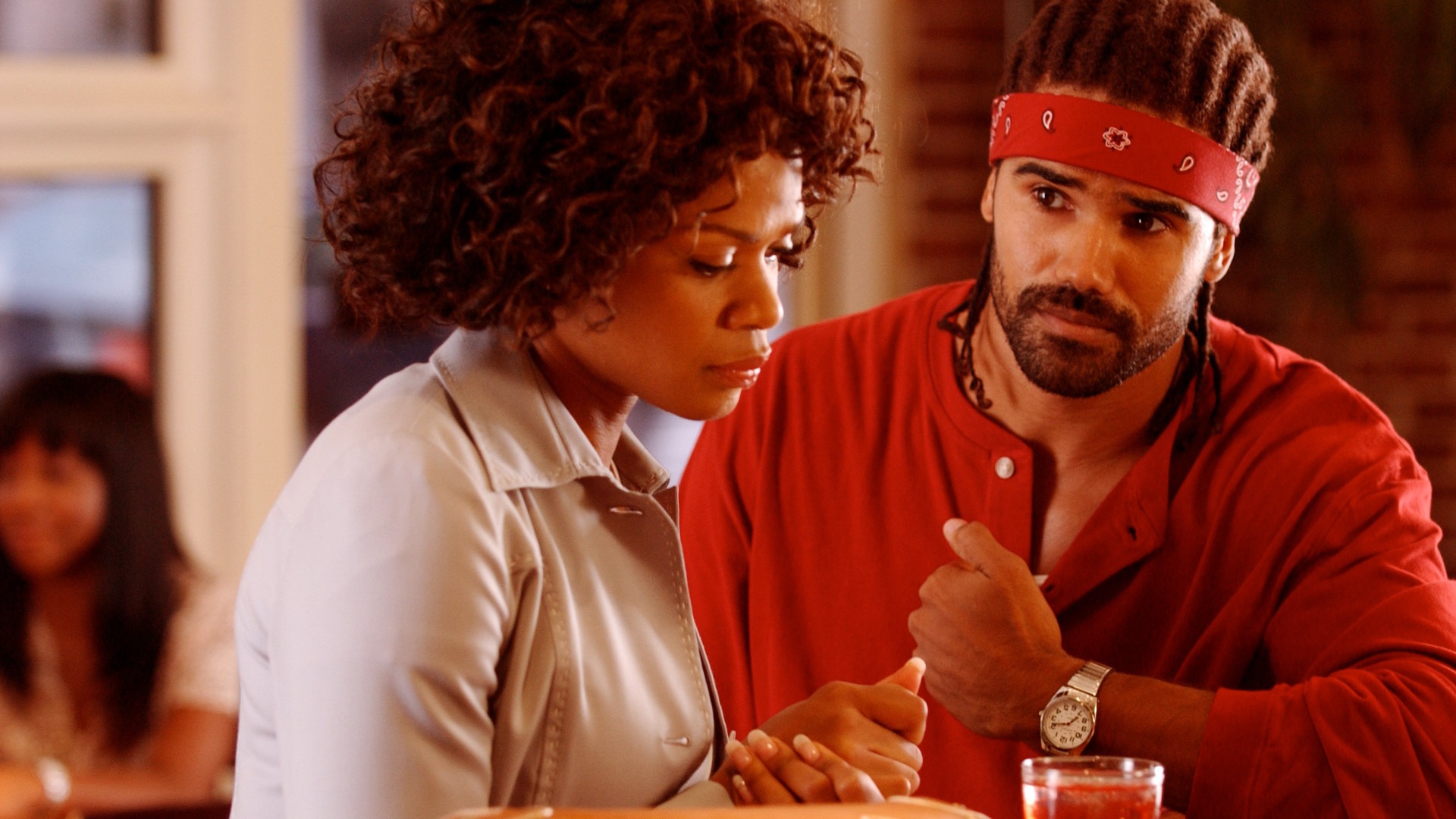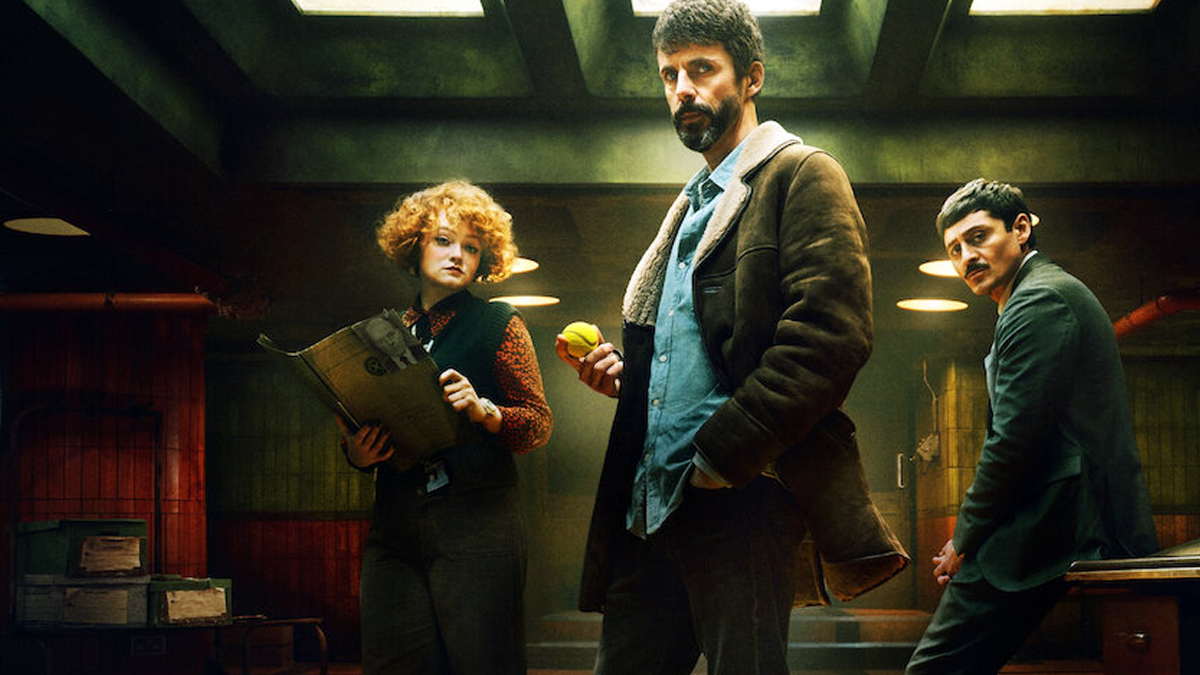is a moody, introspective Western written, directed, produced, scored, and co-starring Viggo Mortensen. Set during the American Civil War era, the film blends romance, violence, and moral complexity into a quiet, character-driven story that challenges the conventions of the traditional Western. It focuses on love, loss, and resilience through the eyes of a fiercely independent woman navigating a hostile and male-dominated world.
The story unfolds in non-linear fashion, beginning in a remote cabin in Nevada where a dying woman, Vivienne Le Coudy, lies beside her grieving husband, Holger Olsen. From this somber starting point, the film traces the history of their relationship and the tragedies that led them there. Vivienne, played by Vicky Krieps, is a French-Canadian florist living in San Francisco who meets Holger, a Danish immigrant. Their romance blossoms quickly, and she agrees to leave the city to start a new life with him in a remote desert town called Elk Flats.
The couple’s peaceful life is shattered when Holger volunteers to fight in the Civil War, leaving Vivienne behind. Alone in a town plagued by corruption and violence, she is forced to confront the dangers posed by predatory men, especially Weston Jeffries, the entitled and violent son of a wealthy rancher. With the local mayor and law enforcement complicit or indifferent, Vivienne must rely on her inner strength to survive.

Vivienne’s journey is the emotional heart of the film. She resists societal expectations, refuses to be controlled, and carries herself with dignity even in the face of unspeakable trauma. Vicky Krieps delivers a subtle, deeply affecting performance that grounds the story in authenticity. Mortensen, as Holger, plays a quiet, principled man caught between duty and love, whose eventual return leads to revelations and a tragic reckoning.
Visually, the film is poetic and deliberate. The Nevada landscapes are shot with painterly beauty—wide open spaces contrasted with the intimate stillness of candlelit rooms and wooden interiors. The use of natural light and ambient sounds—wind, rustling leaves, the distant creak of saddle leather—adds to the immersive atmosphere. Every scene feels lived-in, rooted in time and place.

Mortensen’s approach as a filmmaker is restrained and thoughtful. Rather than focusing on shootouts or fast-paced action, he uses silence, long takes, and dialogue to explore grief, morality, and the fragile human connections that persist even in violent times. The film’s title reflects its meditation on the emotional numbness that follows tragedy, and the question of whether peace is possible after profound loss.
The Dead Don’t Hurt has been praised for its feminist themes, quiet strength, and lyrical tone, though some viewers may find its pacing slow or its timeline disorienting. It’s a film more concerned with emotional depth than spectacle, and it rewards patient viewers who are willing to sit with its quiet sorrow.
In the end, it’s not just a Western—it’s a love story, a ghost story, and a subtle political statement all wrapped into one. For those who seek a contemplative, beautifully crafted film with powerful performances and poetic storytelling, The Dead Don’t Hurt is a moving experience.



